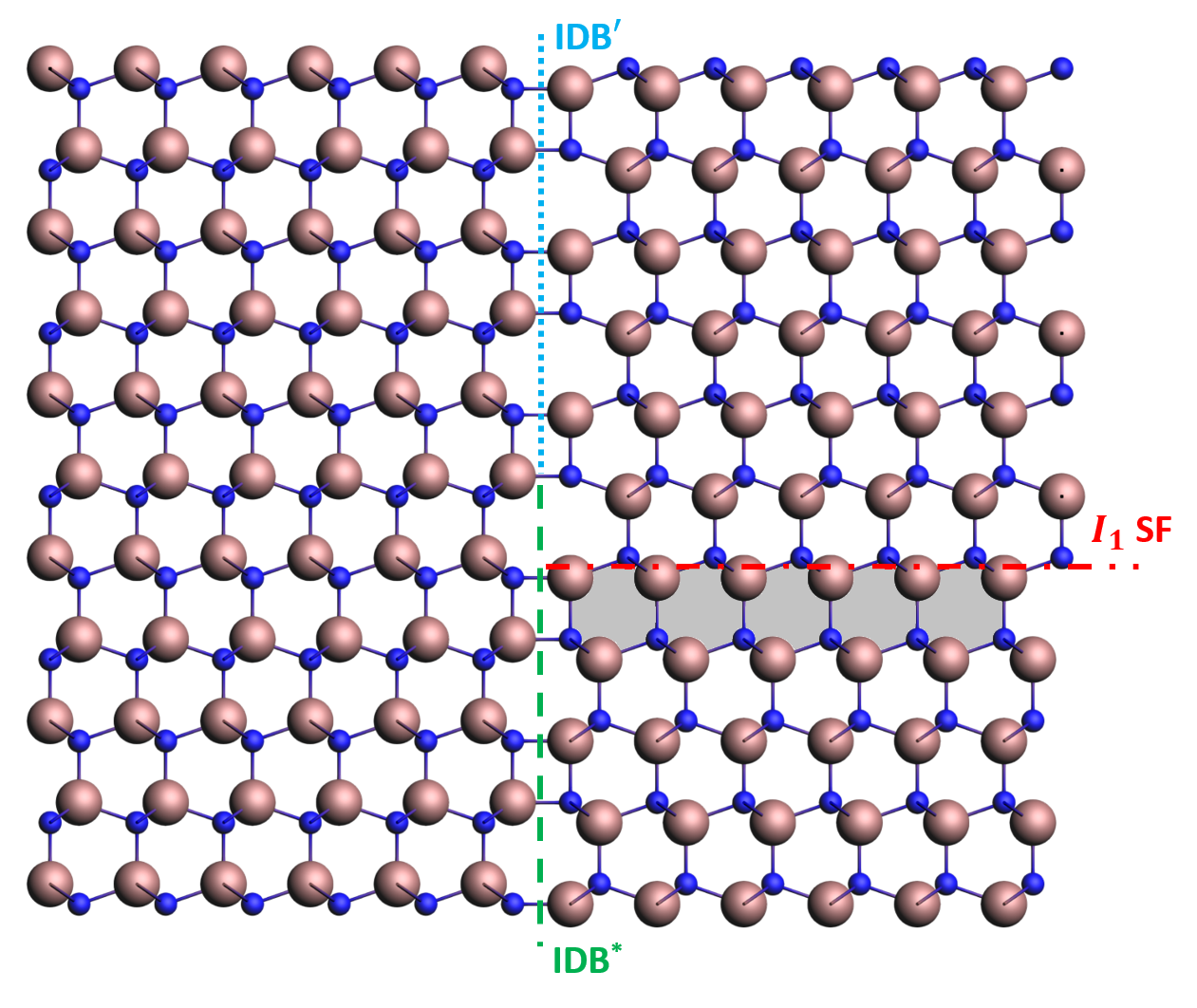Amsterdam Modeling Suite Software Usage on Penn State’s Roar Computer Clusters

Project Information
batch-jobs, cluster-support, computational-chemistry, file-transfer, hpc-operations, job-sizing, management, pbs, permissions, provisioning, putty, quantum-mechanics, schedulers, scheduling, ssh, terminal-emulation-and-window-managementProject Status: Complete
Project Region: CAREERS
Submitted By: Jeffrey J. Nucciarone
Project Email: cxa269@psu.edu
Project Institution: Penn State University - Altoona Campus
Anchor Institution: CR-Penn State
Project Address: 3000 Ivyside Park
Altoona, Pennsylvania. 16601
Mentors: Jorge Sofo, Jeffrey J. Nucciarone
Students: Mohamed Mauroof Umar
Project Description
Penn State recently acquired licenses for the Amsterdam Modelling Suite (AMS) package. The AMS is a collection of software tools for performing computational chemistry calculations. The AMS-jobs graphical user interface serves as a job management interface. AMS-input is used to model the required structures. The AMS suite has native code to perform density functional theory (DFT) calculations. The ADF and BAND codes work on molecular and periodic systems. The AMS suite can also be used as a portal to create input files, submit jobs, and analyze results for other popular computational chemistry codes. Semi-empirical codes such as DFTB+ and plane-wave DFT codes such as Quantum Espresso (QE) and Vienna Ab-initio Simulation Package (VASP) calculations can be performed using the AMS suite. Additionally, with the setup of a proper secure shell (ssh) portal and defining the necessary queues in the AMS-jobs interface, remote jobs can be submitted directly from the AMS suite. Further AMS-jobs acts as a convenient interface to monitor the remote-jobs, handles the transfer of input files to the remote server and on completion of the job automatically retrieves the relevant output files. Analysis of results can be done conveniently with the various visualization tools included in the AMS suite. These convenient factors make the AMS suite a promising candidate to simplify the workflow of computational chemistry research projects.This project aims to document the necessary steps to connect the AMS suite with Penn State’s Roar supercomputer. Calculations and analysis of results for a current research project on inversion domain boundaries in Wurzite crystal structure will be performed as a proof of concept.

Project Information
batch-jobs, cluster-support, computational-chemistry, file-transfer, hpc-operations, job-sizing, management, pbs, permissions, provisioning, putty, quantum-mechanics, schedulers, scheduling, ssh, terminal-emulation-and-window-managementProject Status: Complete
Project Region: CAREERS
Submitted By: Jeffrey J. Nucciarone
Project Email: cxa269@psu.edu
Project Institution: Penn State University - Altoona Campus
Anchor Institution: CR-Penn State
Project Address: 3000 Ivyside Park
Altoona, Pennsylvania. 16601
Mentors: Jorge Sofo, Jeffrey J. Nucciarone
Students: Mohamed Mauroof Umar
Project Description
Penn State recently acquired licenses for the Amsterdam Modelling Suite (AMS) package. The AMS is a collection of software tools for performing computational chemistry calculations. The AMS-jobs graphical user interface serves as a job management interface. AMS-input is used to model the required structures. The AMS suite has native code to perform density functional theory (DFT) calculations. The ADF and BAND codes work on molecular and periodic systems. The AMS suite can also be used as a portal to create input files, submit jobs, and analyze results for other popular computational chemistry codes. Semi-empirical codes such as DFTB+ and plane-wave DFT codes such as Quantum Espresso (QE) and Vienna Ab-initio Simulation Package (VASP) calculations can be performed using the AMS suite. Additionally, with the setup of a proper secure shell (ssh) portal and defining the necessary queues in the AMS-jobs interface, remote jobs can be submitted directly from the AMS suite. Further AMS-jobs acts as a convenient interface to monitor the remote-jobs, handles the transfer of input files to the remote server and on completion of the job automatically retrieves the relevant output files. Analysis of results can be done conveniently with the various visualization tools included in the AMS suite. These convenient factors make the AMS suite a promising candidate to simplify the workflow of computational chemistry research projects.This project aims to document the necessary steps to connect the AMS suite with Penn State’s Roar supercomputer. Calculations and analysis of results for a current research project on inversion domain boundaries in Wurzite crystal structure will be performed as a proof of concept.